Is continuing illiquidity in the life/annuity portfolio a cause for concern?


With results from 2023 investments for both life/annuity and property/casualty insurers in, we see life/annuity insurers continue to reach for yield through illiquid assets, such as mortgages and private placements.
Life & Annuity Industry Asset Allocation
As a % of Net Invested Assets
Prepared by Conning, Inc. Source: Copyright 2024 S&P Global Market Intelligence LLC
Property/casualty insurers, in contrast, have increased their cash and short-term bond holdings, maintaining their relatively high liquidity position.
Property/Casualty Industry Asset Allocation
As a % of Net Invested Assets
Prepared by Conning, Inc. Source: Copyright 2024 S&P Global Market Intelligence LLC
In general, given the longer duration of life liabilities, life insurers have been taking on more illiquid profiles in their asset portfolios. However, as interest rates rise, this may put the squeeze on insurers as the market value of fixed rate assets decreases in response and as policyholder behavior responds to the changing environment.
Increased surrenders in face of rising interest rates and challenging economics
Policyholder behavior can have a large effect on life/annuity results, especially when it comes to surrenders. Although some product features reduce the impacts of policyholder options, such as surrender charges or market value adjustments, many of the most popular products in the life/annuity industry, especially in individual annuities, have policyholder options that can create disintermediation risk as policyholders exercise them.
Life-Annuity Industry Surrender Benefits, Historical and Forecast
$ in millions
Prepared by Conning, Inc. Source: Copyright 2024 S&P Global Market Intelligence LLC
Surrenders increase not only as policyholders cash out of products to use the cash for present needs, but also when exercising guaranteed minimum withdrawal benefits on annuities or surrendering old life insurance policies or annuities to roll over into new products with better features. As interest rates have risen, some traditional products have become more attractive with better crediting rates. New product designs such as registered index-linked annuities or registered indexed universal life have also provided higher upside potential accumulation for customers, attracting certain market segments that may already own life-annuity products.
Life-Annuity Industry Surrender Benefits, Historical and Forecast
$ in millions
Prepared by Conning, Inc. Source: Copyright 2024 S&P Global Market Intelligence LLC
These increased surrenders create cash flow demands on insurers. If incoming cash flows do not cover surrender cash flow demands, assets must be tapped. More than 90% of the life/annuity general account portfolio is fixed income in nature, leaving a potential loss in value from interest rate risk. However, there is additional liquidity risk as life/annuity insurers have been increasing the illiquidity of their portfolios.
Increasing illiquidity of the life/annuity bond portfolio
Life/annuity insurers have been shifting to an increasingly illiquid profile in their asset portfolio across many asset classes, but the most notable shift can be seen in the bond portfolio.
Private placements and 144(a) bonds have increased their share of the life/annuity bond portfolio to the extent that public bonds have decreased from 75% of the bond portfolio in 2009 down to 56% of the portfolio in 2023.
Life & Annuity Bond Type Distribution
As a % of Total Bonds
Prepared by Conning, Inc. Source: Copyright 2024 S&P Global Market Intelligence LLC
Both types of nonpublic bonds have increased their share in the portfolio as life/annuity insurers sought yield in bond types such as collateralized loan obligations and eschewed low-yielding government bonds. In some cases, insurers may have sought more credit protection in private placements. Private placements have been shown to have better credit loss experience in the Society of Actuaries’ experience studies covering 2003-2015, when compared to similarly rated public bonds.
However, one dimension on which private placements are less desirable than public bonds or even rule 144(a) bonds is liquidity. If insurers need to sell private placements before maturity, they may not get the full economic value of their asset or need to incur high transaction costs in time or money.
Increasing mortgage holdings another source of illiquidity
Life-Annuity Industry Mortgage Holdings
As a % of Investable Assets
Prepared by Conning, Inc. Source: Copyright 2024 S&P Global Market Intelligence LLC
The other allocation issue for life/annuity insurers is mortgage holdings. Most of the mortgages (whole loans, as opposed to mortgage-backed securities, held in the bond portfolio) are for commercial real estate, such as office buildings or hotels.
Mortgage holdings as a percentage of investable assets has been increasing since 2010, when it had been at a low of 10.2% of the portfolio. There had been a fairly steady increase in allocations until the pandemic, leading to a small dip in 2020, but allocations began rising again in 2021 and stood at 15% at the end of 2023.
Mortgages have been seen as a way to achieve extra yield in a low-rate environment, but that advantage has eroded, at least in book yield terms. As interest rates have increased, the book yield on the bonds invested in by insurers have increased, more rapidly than the yields on mortgages. In addition, impairments on mortgages have increased.
Gross Book Yields for Bonds and Mortgages Held by Life-Annuity Industry
As a % of Average Underlying Investable Assets
Prepared by Conning, Inc. Source: Copyright 2024 S&P Global Market Intelligence LLC
Impairments further affect the liquidity of the assets, as well as the investment income to be realized in the portfolio. These impairments in 2022 and 2023 came before any official recessions and would likely increase in the case of a recession.
Allocation shifts differ by insurer size
While talking about liquidity of assets more generally, not all these concerns are shared equally over the life/annuity industry. Asset allocations differ greatly between insurers, and one of the dimensions where distinctions can be seen most clearly is by size. The largest insurers are most likely to have the highest allocations to mortgages.
The largest life/annuity insurers have invested more in illiquid assets, such as private bonds and commercial mortgages, than have smaller insurers. These assets may require special management in times of economic stress, but they may also offer higher returns and match more complex liabilities. However, these strategies may face challenges when interest rates rise.
© Entire contents copyright 2024 by InsuranceNewsNet.com Inc. All rights reserved. No part of this article may be reprinted without the expressed written consent from InsuranceNewsNet.com.



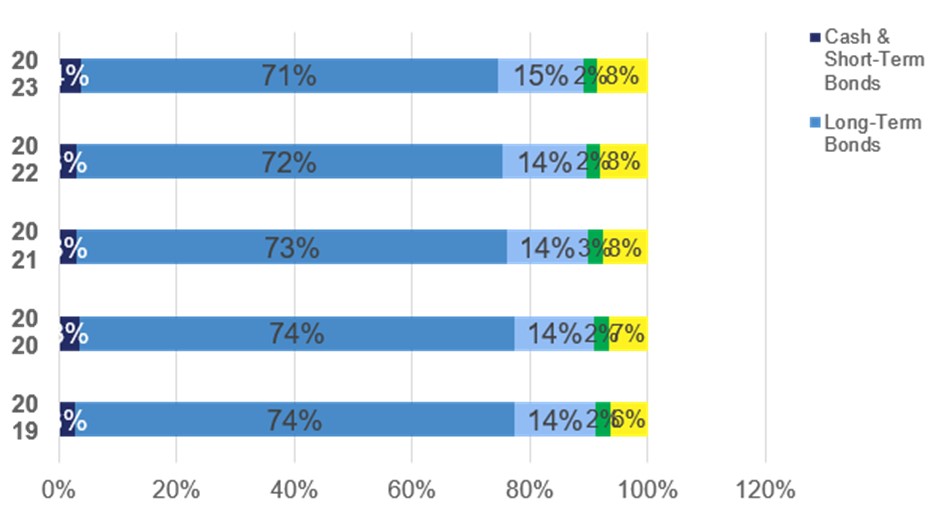

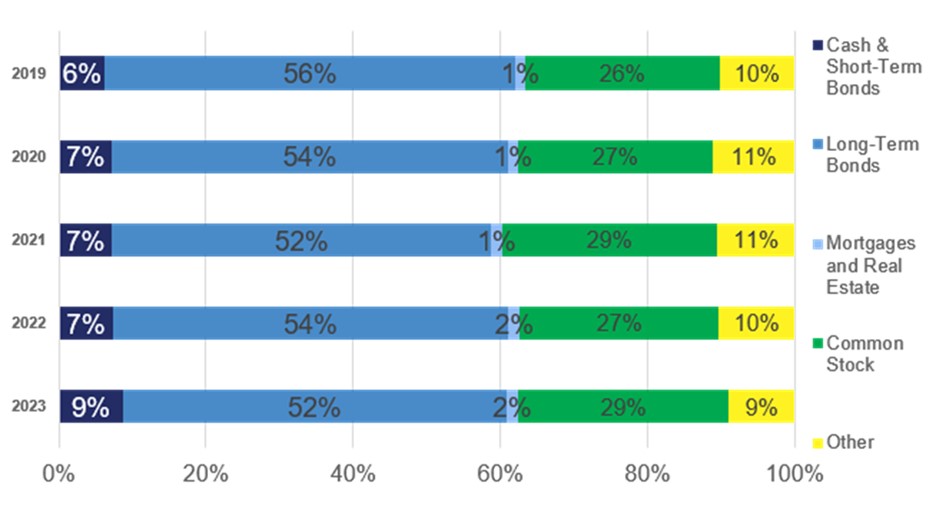
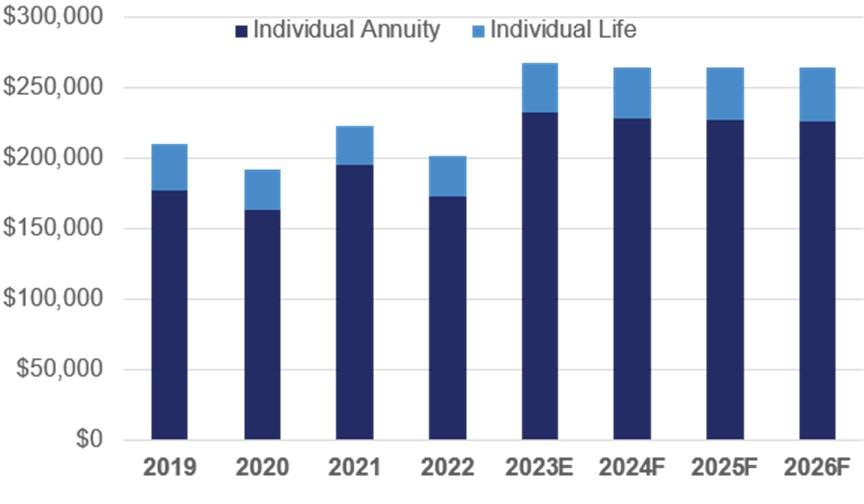
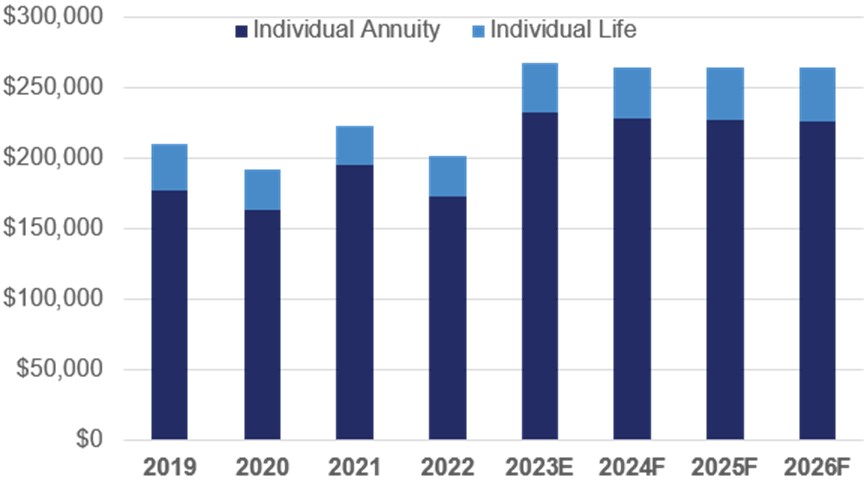
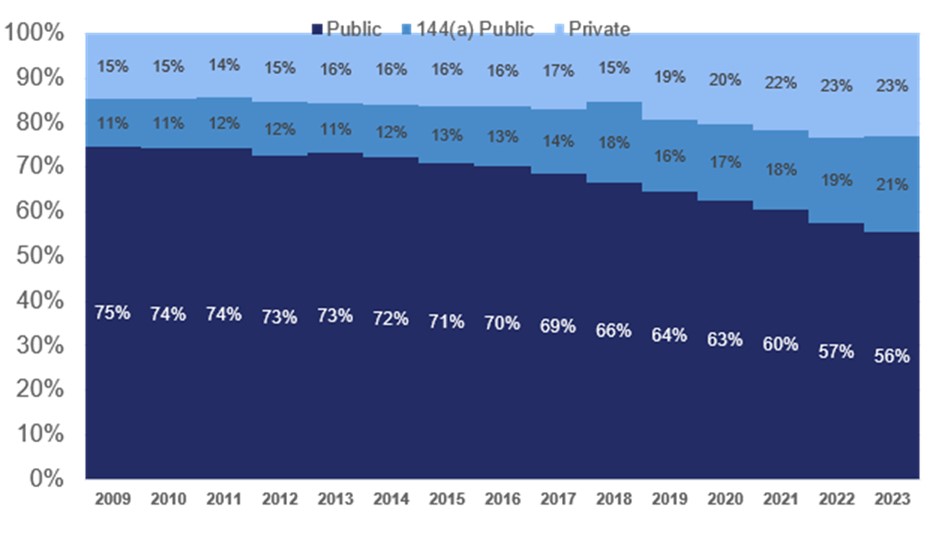
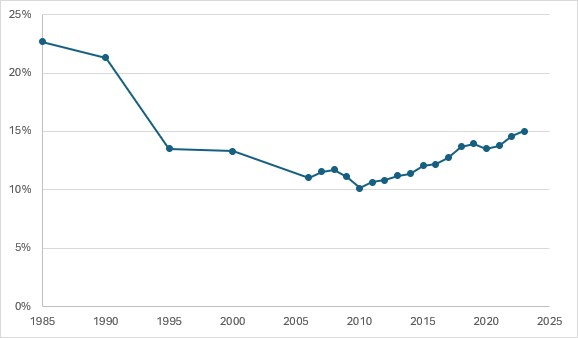
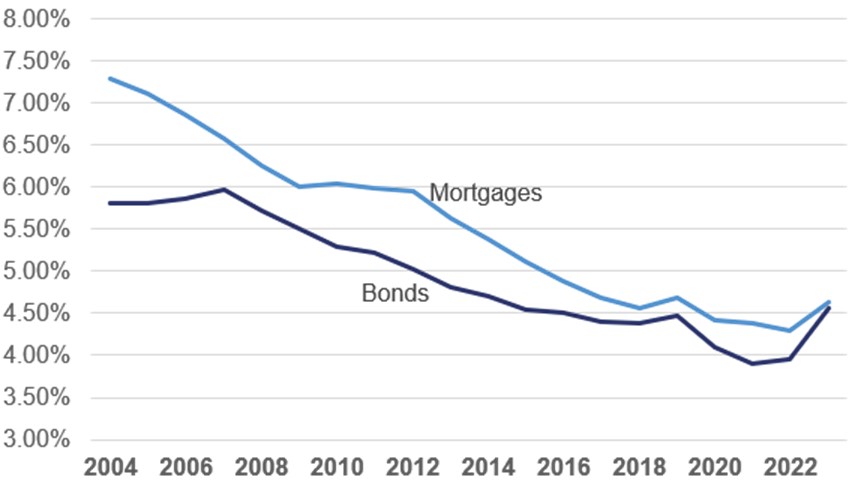
Prudential rides strong FlexGuard sales to second-quarter earnings win
A pair of North Carolina residents charged with insurance fraud
Advisor News
- Americans increasingly worried about new tariffs, worsening inflation
- As tariffs roil market, separate ‘signal from the noise’
- Investors worried about outliving assets
- Essential insights a financial advisor needs to grow their practice
- Goldman Sachs survey identifies top threats to insurer investments
More Advisor NewsAnnuity News
- AM Best Comments on the Credit Ratings of Talcott Financial Group Ltd.’s Subsidiaries Following Announced Reinsurance Transaction With Japan Post Insurance Co., Ltd.
- Globe Life Inc. (NYSE: GL) is a Stock Spotlight on 4/1
- Sammons Financial Group “Goes Digital” in Annuity Transfers
- Somerset Reinsurance Announces the Appointment of Danish Iqbal as CEO
- Majesco Announces Participation in LIMRA 2025: Showcasing Cutting-Edge Innovations in Insurance Technology
More Annuity NewsHealth/Employee Benefits News
- ‘They won’t help me’: Sickest patients face insurance denials despite policy fixes
- Thousands of Missouri construction workers with Anthem health insurance left scrambling
- Don't let death penalty turn Luigi Mangione into a martyr
- More than 5M could lose Medicaid coverage if feds impose work requirements
- Don't make Mangione a martyr
More Health/Employee Benefits NewsProperty and Casualty News
- She’s the first Black woman to lead California’s GOP and a Silicon Valley native. Can she give Republicans a boost?
- Florida homeowners turn to this insurance strategy to save money. Agents say ‘be careful.’
- California’s insurance crisis prompts solution-minded legislation
- CAMICO Names John Zissu as its Vice President of Information Technology
- Proxy Statement (Form DEF 14A)
More Property and Casualty News